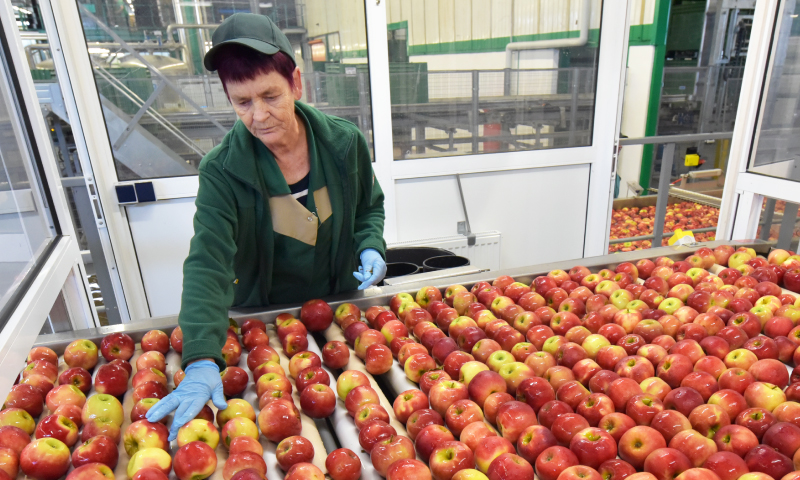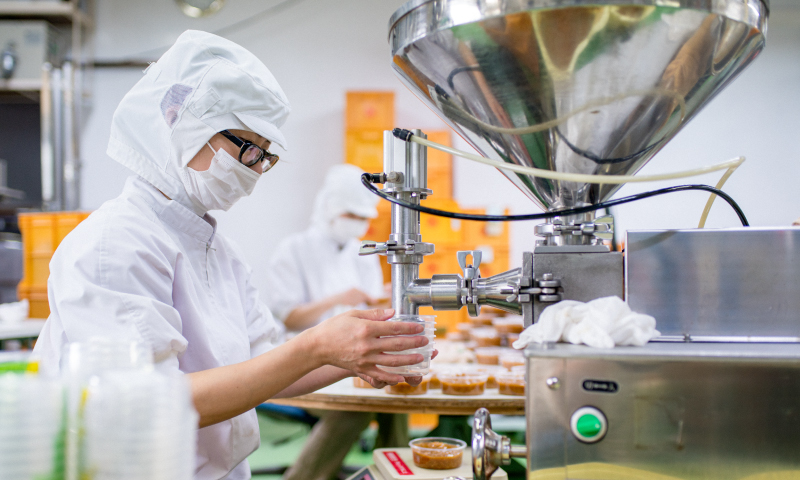17 August 2022
UK food and drink manufacturers continue to show resilience in response to inflation, soaring energy prices and the cost-of-living crisis which continue to drive high food prices, exacerbate already fragile supply chains and as such, influence consumer spending habits. As the world watches to see whether the United Nations’ Black Sea Grain Initiative has the desired impact and enables the resumption of global exports of Ukrainian grain, and in turn helping to stabilise spiralling food prices, the UK itself has additional challenges to manage. Amidst droughts impacting more than five million households, the agricultural sector will be faced with pressures including crop failure and pasture losses, which will leave food and drink manufacturers with difficult business decisions and potentially even further squeezed profit margins.
UK whisky and meat exports performing well despite pressures
However, despite these pressures, the latest ONS statistics for June 2022 show that several UK export markets are performing incredibly well, with both whisky and meat exports increasing by 21 per cent and 14.5 per cent respectively on the same month in 2021. Whisky remains a vital pillar of the UK’s food and drink export strategy with whisky exports making up around 22 per cent of the UK’s total food and drink exports according to the Scotch Whisky Association. Recent whisky export growth can be particularly attributed to increased exports to Asia with total exports of whisky to Asia and Oceania having grown by 35 per cent over the course of the first six months of 2022 when compared to the same period last year. This is just one example of UK food and drink manufacturers maintaining strong relationships and seeing significant growth within international markets outside of the EU post-pandemic.
Focus on premiumisation as a growth strategy
When it comes to fresh and perishable produce, understandably the key export destination remains the EU and exports of meat were up by 32 per cent in comparison to June 2021, again demonstrating incredible resilience in the face of many challenges post-Brexit. Despite cost-of-living pressures hitting consumers, many food and drink businesses continue to focus on premiumisation as a growth strategy by offering higher quality products that appeal to consumer’s values, be they health or quality related. As UK food and drink exports continue to go from strength to strength, British products clearly remain highly desirable across the globe.
The challenges ahead
As the Conservative leadership contest progresses, the next prime minister needs to invest in UK food and drink manufacturers to help contain inflation, tackle labour shortages, and accelerate the industry’s shift towards net zero by encouraging consumers to buy local produce and eat seasonally through incentivisation. While the government has shared its intentions to support UK households as energy prices rise in October, more clarity is needed surrounding the support that will be made available to businesses.









